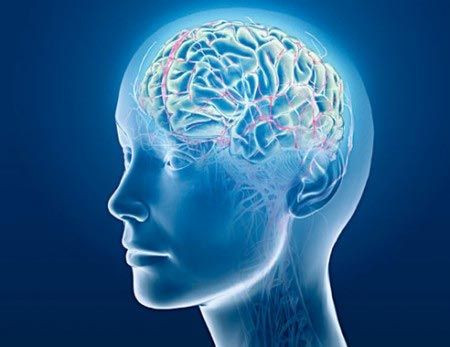Researchers Use MRI To Understand The Genesis Of Migraines

Anyone who has ever experienced a migraine can tell you it's one of the most unpleasant feelings someone can endure. Researchers are now suggesting migraines have something to do with brain abnormalities that are present at birth or ones that can develop over time.
Migraines are generally described as overpowering and seemingly endless headaches that can be accompanied by nausea, vomiting and intense sensitivity to light. The World Health Organization estimates that 300 million people around the world are affected by migraines.
Prior research on the cause of these intense headaches has been done through voxel-based morphometry, a programmed method for inspecting the structure of the brain. An Italian research team led by Massimo Filippi, M.D., director of the Neuroimaging Research Unit at the University Ospedale San Raffaele and professor of neurology at the University Vita-Salute's San Raffaele Scientific Institute in Milan has taken a new route by using magnetic resonance imaging (MRI) to examine the cortical thickness of the brain.
"For the first time, we assessed cortical thickness and surface area abnormalities in patients with migraine, which are two components of cortical volume that provide different and complementary pieces of information," Filippi said in a statement. "Indeed, cortical surface area increases dramatically during late fetal development as a consequence of cortical folding, while cortical thickness changes dynamically throughout the entire life span as a consequence of development and disease."
Using MRI sequences, Filippi and his associates took 3-D brain scans of 63 patients who suffered from migraines and compared them to those taken from 18 patients who had never reported having one.
When these images were evaluated doctors noticed those who suffered from migraines had diminished cortical thickness in areas of the brain that process pain.
Filippi added that understanding cortical abnormalities "could help characterize migraine patients better and improve understanding of the pathophysiological processes underlying the condition."
The research team also recognizes that further testing is essential to better understand what these irregularities in the brain can mean over time. They plan on conducting a longitudinal study by following these migraine patients to see if the abnormalities persist or stabilize.
This study was published online in the journal of Radiology.



























